
Christians worship two gods, Christ and Yahweh, but claim they are one. Certainly, the God of the Old Testament plays a secondary role in Christian consciousness. He remains behind the scenes. But he nevertheless pulls a number of strings. It was he who inspired the Christians to promise Palestine to the Jews in 1917 (by the British Balfour Declaration, preceded five months earlier by the French Cambon Declaration), and to give it to them in 1948.
There is a theory attributing geopolitical motives to the British: they needed Israel as a bridgehead in the Middle East, to control the Suez Canal. That's Chomsky's theory, and a blatant falsehood. From 1916, British foreign policy in the Middle East favored good relations with the Arab regimes they had set up in Arabia, Jordan and Iraq. The creation of a "Jewish home" in Palestine, leading predictably to the Jews' full takeover, was deeply upsetting to the Arabs, and conflicted with British Arab policy. That is why in May 1939, the British Government tried to get out of its commitment to the Zionists with a White Paper providing for the establishment of an independent Palestinian state within ten years. It stated:
His Majesty's Government believe that the framers of the Mandate in which the Balfour Declaration was embodied could not have intended that Palestine should be converted into a Jewish State against the will of the Arab population of the country. ... His Majesty's Government therefore now declare unequivocally that it is not part of the their policy that Palestine should become a Jewish State. They would indeed regard it as contrary to their obligations to the Arabs under the Mandate, as well as to the assurances which have been given to the Arab people in the past, that the Arab population of Palestine should be made the subject of a Jewish State against their will.[1]
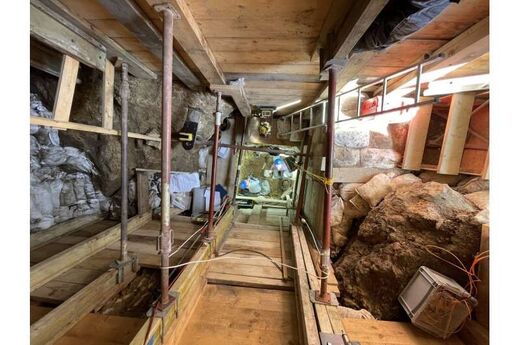
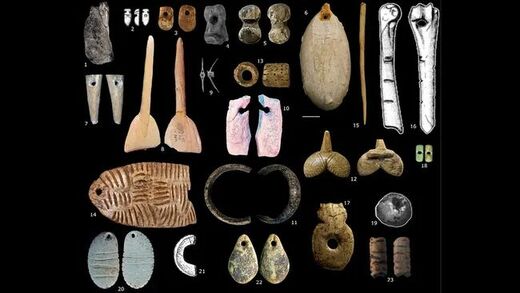


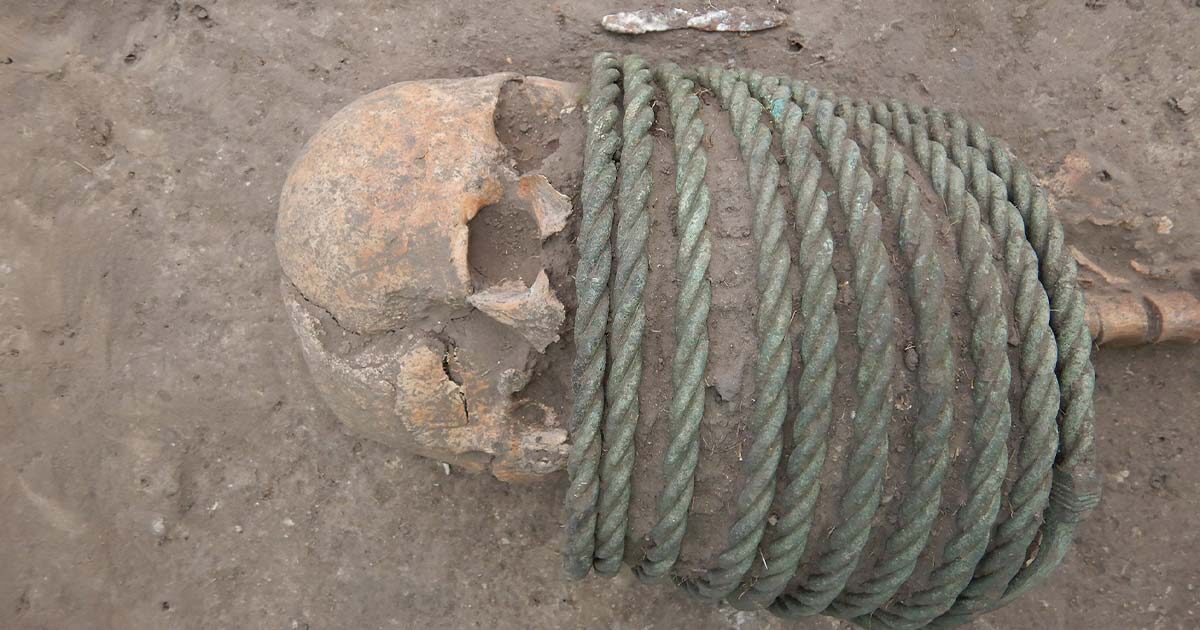

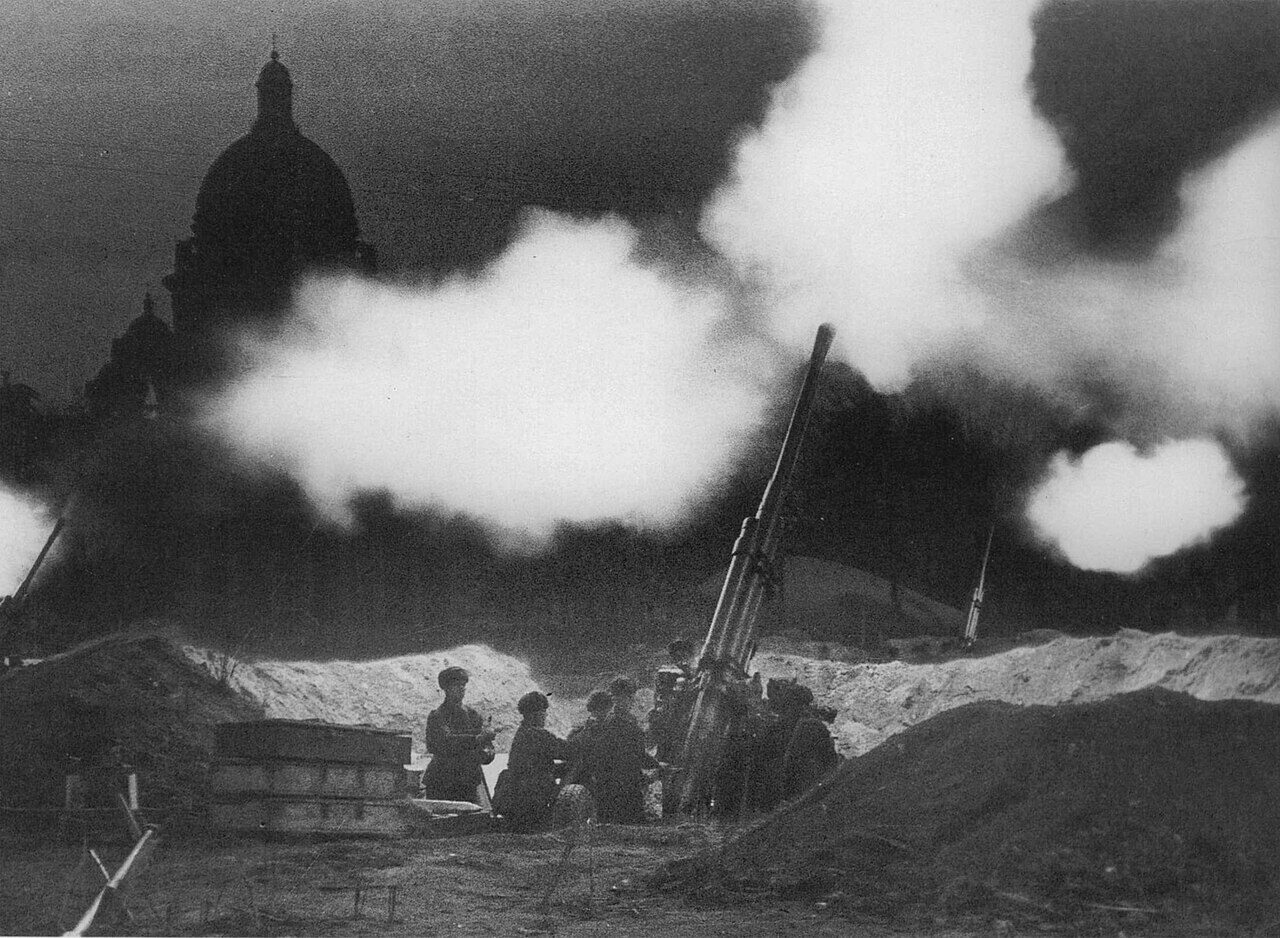
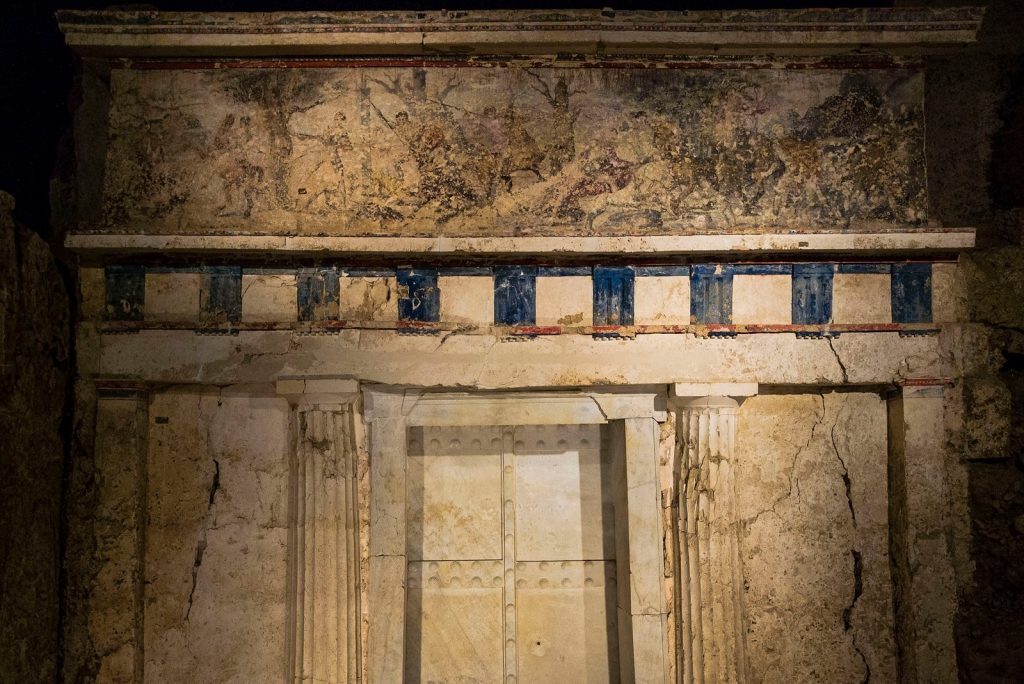
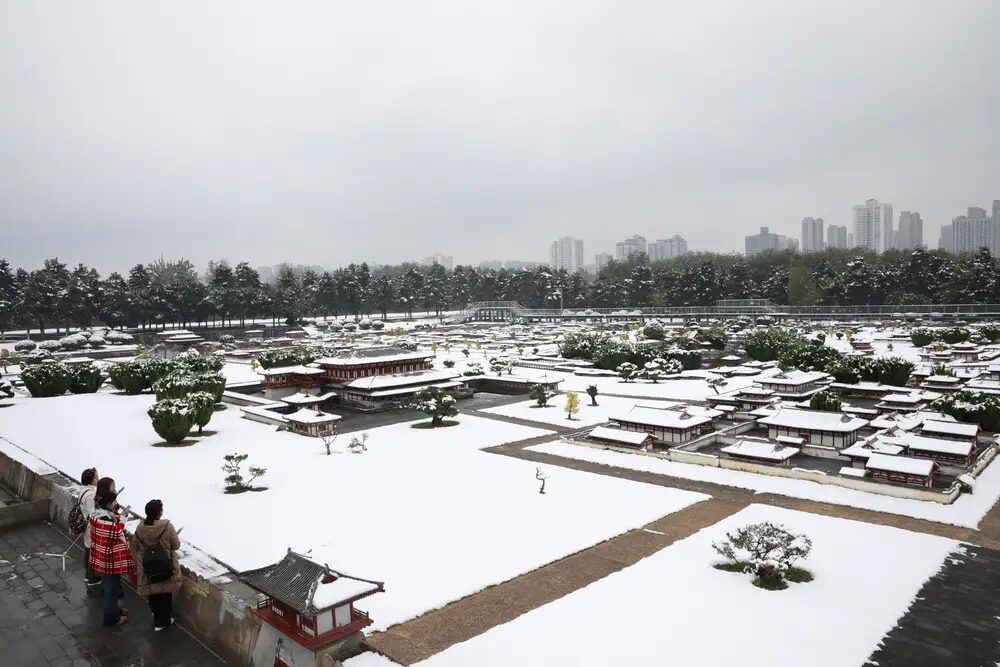



Comment: These findings bring into question: just why did Neanderthals become extinct whereas their human neighbours, ultimately, went on to thrive?
Some researchers have suggested that at least one significant difference between the two was the Neanderthals' lack of ingenuity when compared to humans, which was further highlighted in a recent study: Prehistoric jewelry reveals 9 distinct cultures across Stone Age Europe
Notably this idea contradicts popular scientific thought which, particularly in recent years, has sought to push the idea that there was little difference between the two; seemingly as part of the 'everyone is equal' ideology.
Further insight on this topic can be found in the following article: The Golden Age, Psychopathy and the Sixth Extinction